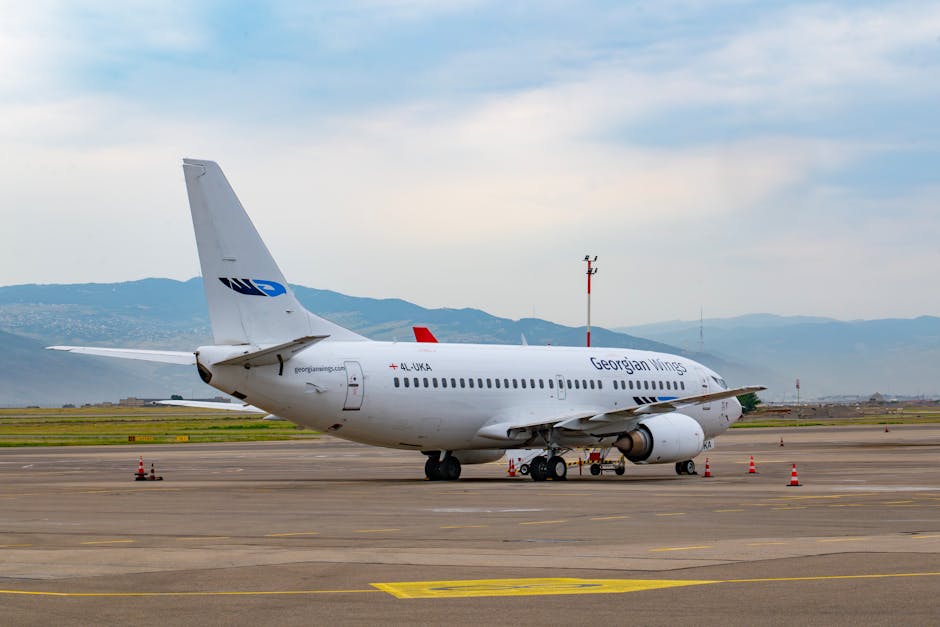Optimizing Social Media Application Deployment with Kubernetes and Docker
Introduction
In 2025, delivering scalable, secure, and performant social media platforms demands advanced deployment and orchestration strategies. Combining Docker and Kubernetes empowers teams to streamline development workflows, automate deployment, and seamlessly scale applications to handle fluctuating user traffic. This article explores expert techniques for optimizing social media applications using these technologies.
Choosing the Right Containerization Strategy
Modern social media apps benefit from being modular and portable. Docker allows you to encapsulate services such as authentication, content feeds, and messaging into isolated containers. Kubernetes orchestrates these containers, ensuring consistency and reproducibility across environments.
- Service Separation: Break large monoliths into microservices for posts, notifications, media processing, and analytics.
- Multi-Stage Builds: Use multi-stage Dockerfiles to minimize image size and security footprint.
- Environment Parity: Mirror production locally to eliminate deployment surprises.
Architecting for High Availability and Scalability
Ensuring uptime and responsiveness for millions of users requires a resilient infrastructure. Kubernetes provides native support for self-healing, auto-scaling, and zero-downtime deployments essential for social media environments.
- Horizontal Pod Autoscaling: Automatically scale workloads based on CPU or custom metrics.
- Node Pools: Assign resource-intensive media processing workloads to specialized node pools for performance optimization.
- Global Load Balancing: Leverage services like Ingress with geo-aware DNS to handle global traffic efficiently.
CI/CD Pipelines for Social Media Apps
Continuous integration and delivery accelerates social media feature releases, bug fixes, and incident responses. Key pipeline patterns improve delivery speed while minimizing production risks.
- Automated Testing: Run unit, integration, and end-to-end tests at every push.
- Blue/Green Deployments: Allow zero-downtime releases with easy rollbacks for critical social features.
- ChatOps Integration: Trigger deployments or rollbacks via collaboration tools for streamlined operations.
Performance Tuning and Caching
Social media workloads have unique challenges: high concurrency, real-time updates, and massive content delivery requirements. Robust caching and tuning strategies are essential for optimal performance.
- Edge Caching: Deploy CDN caching for static assets, user avatars, and public timelines.
- Application Caching: Use Redis or Memcached containers to cache trending feeds, reducing database load.
- Asynchronous Processing: Offload media uploads, notifications, and analytics to background workers for smoother UX.
Monitoring and Automated Recovery
Early detection and swift remediation of failures is non-negotiable in the social domain. Kubernetes facilitates automated self-healing and integrates with advanced monitoring stacks.
- Observability: Implement centralized logging (ELK stack), metrics (Prometheus), and distributed tracing (Jaeger).
- Health Checks and Probes: Ensure readiness, liveness, and startup probes are tuned for every microservice.
- Self-Healing: Configure Kubernetes Deployments with pod anti-affinity and appropriate restart policies.
Security Considerations
Security is critical for protecting user data and platform integrity. Follow these expert practices for secure Kubernetes and Docker social media deployments.
- Least Privilege: Use namespace isolation and RBAC to restrict service access.
- Secrets Management: Store sensitive credentials in Kubernetes Secrets, never in image layers or source control.
- Regular Scanning: Automate image and dependency vulnerability scans via CI pipelines.
- Network Policy Enforcement: Define strict pod network policies to control intra-cluster traffic.
Conclusion
- Combining Docker and Kubernetes provides efficient, scalable foundations for modern social media platforms.
- Architect for high availability, user growth, and global reach from day one.
- Automate testing, deployments, and security checks within robust CI/CD pipelines.
- Continuously monitor, optimize, and secure your infrastructure for peak performance in production environments.
Ready to elevate your social media engineering and deployment strategy? Explore more expert guides on our
Social Media Development Blog.
